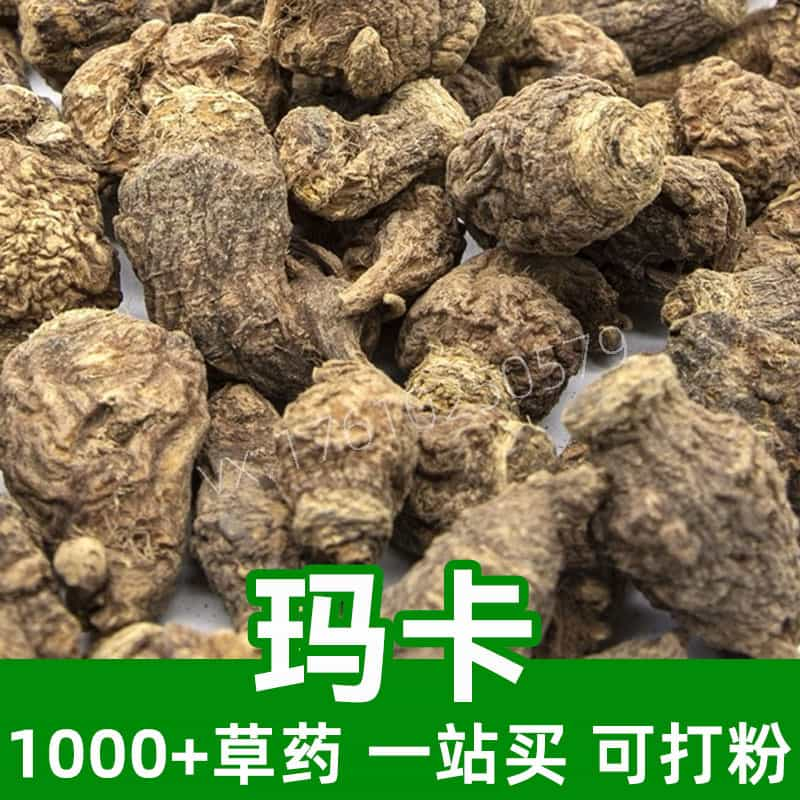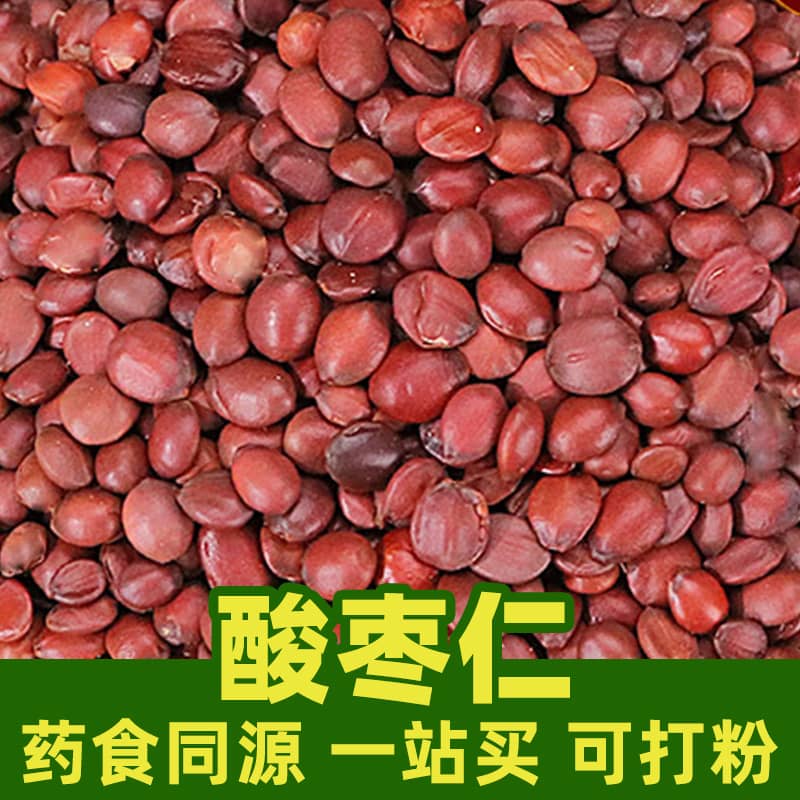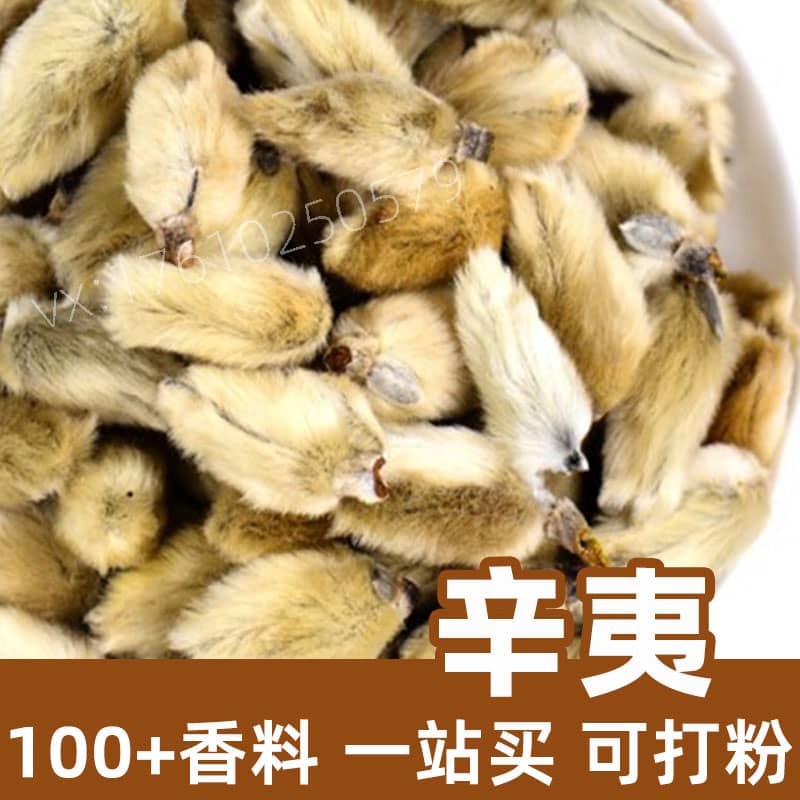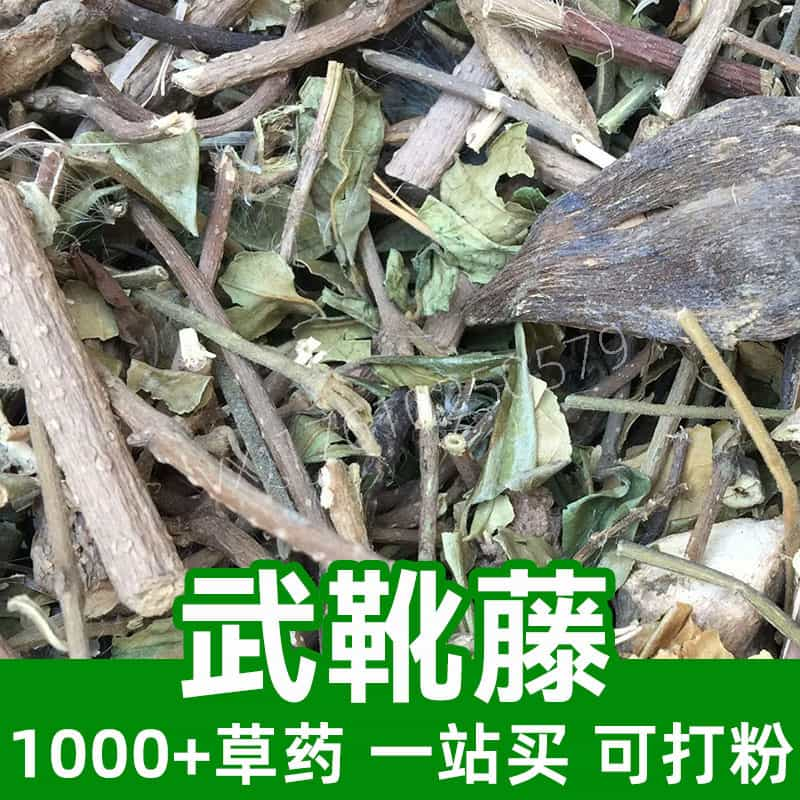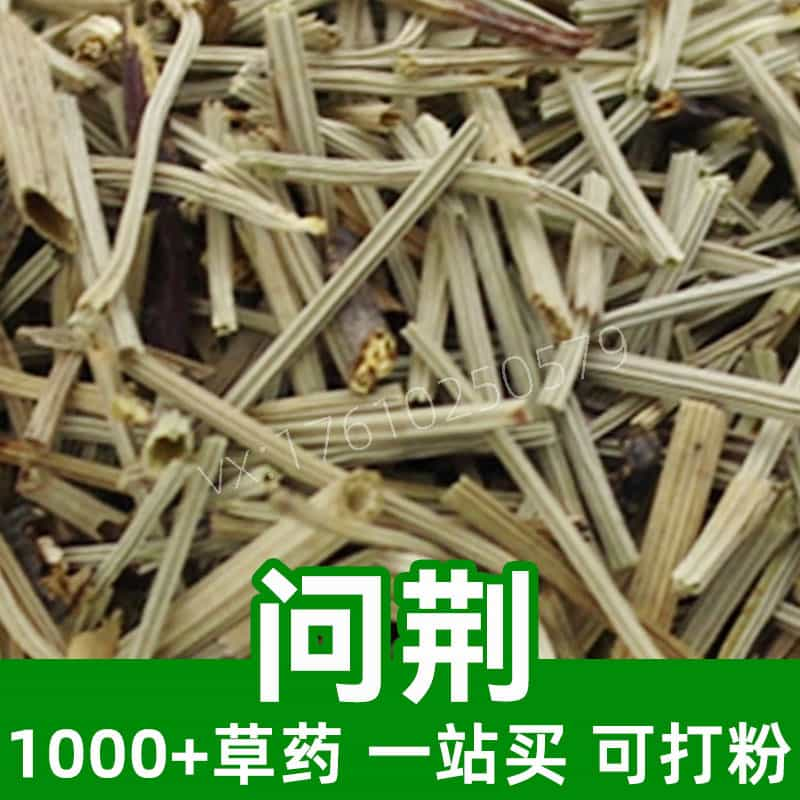Winter Melon Peel Product Introduction
Winter melon peel refers to the outer skin of the winter melon fruit, obtained through processing. Key components include Vitamin C, minerals like potassium, sodium, and magnesium, as well as ample dietary fiber and bioactive compounds. Winter melon, a common vegetable, grows in cultivated fields. Winter melon peel has wide applications in traditional Chinese medicine and the food industry. In TCM, it is used to clear heat, detoxify, and act as a diuretic, while also aiding in lowering blood pressure and reducing fat. In cooking, winter melon peel enriches soups, stews, and teas, enhancing flavor and nutrition.
Winter Melon Peel Key Active Components
Winter melon peel, a common vegetable, contains Vitamin C, potassium, sodium, magnesium, dietary fiber, and various bioactive substances.
- Vitamin C: A major component that has antioxidant properties, boosts immunity, promotes collagen synthesis, and supports skin health and brightness.
- Potassium: Helps maintain heart function and blood pressure, involved in cellular metabolism and nerve transmission.
- Sodium: Essential for fluid balance, nerve signaling, and muscle contraction.
- Dietary Fiber: Both soluble and insoluble fiber, promoting bowel movement, providing satiety, regulating blood sugar and lipids, and preventing constipation and obesity.
- Bioactive Compounds: Contains flavonoids, saponins, and polysaccharides with antioxidant, anti-inflammatory, blood sugar-lowering, and lipid-reducing effects, supporting health and preventing chronic disease.
In summary, winter melon peel’s active components support health, making it a valuable dietary inclusion.
Winter Melon Peel Applications and Dosage
Winter melon peel has various applications in TCM and food. Usage details:
- Traditional Chinese Medicine: Cool, sweet flavor that benefits the spleen and stomach meridians; used for clearing summer heat, diuresis, and digestive aid, treating conditions like water retention and indigestion.
- Culinary Applications: Rich in nutrients, winter melon peel is suited for dishes and drinks like soups, stir-fries, and cold dishes.
- Winter Melon Peel Soup: Peel and slice, cook with ingredients like lean meat, lotus seeds, or lily bulbs for heat relief and diuresis.
- Stir-fried Winter Melon Peel with Meat Slices: Peel, slice, and stir-fry with lean meat, adding seasonings like salt, soy sauce, or cooking wine to enhance flavor and nutrition.
- Cold Winter Melon Peel Salad: Peel, shred, and season with vinegar, garlic, or chili oil for a refreshing summer dish.
- Recommended Dosage:
- Soup: About 50g per serving, with other ingredients as desired, consumed as broth.
- Stir-Fry: About 100g with lean meat.
- Cold Salad: About 100g, adjust seasoning to taste.
Winter melon peel, as a natural ingredient, enhances flavor and provides health benefits in cooking.
Winter Melon Source Plant, Distribution, and Growth Environment
Winter melon (*Benincasa hispida*) belongs to the gourd family, and the peel refers to its fruit’s outer layer.
- Source Plant: Winter melon, an annual vine with large, heart-shaped leaves and climbing stems, producing oval or round fruits with thick skins.
- Distribution: Native to South Asia, winter melon has been cultivated in India and China since ancient times. It is now widely distributed in Asia, Africa, and the Americas.
- Growth Environment: Thrives in warm, humid climates, requiring well-drained soil with good sunlight. While tolerant of high temperatures, it is not frost-resistant. Ideal growth temperatures range from 20-30°C, with ample sunlight, water, and nutrients needed for healthy growth.
- Cultivation: Grown via direct seeding or transplanting, in loose, well-drained fields. Requires regular weeding, fertilization, and irrigation. Planting season is generally spring or summer.
Understanding winter melon peel’s source, distribution, and growth needs provides insights into its quality and nutritional content.
Winter Melon Peel Harvesting, Processing, and Storage
Proper harvesting, processing, and storage are key to winter melon peel’s quality and nutritional value.
- Harvesting: Harvested when ripe, the winter melon fruit is cut open, seeds removed, and peel sliced into suitable sizes without damaging the skin to maintain quality.
- Processing: Methods include air drying, dehydrating, or pickling. For air drying, slices are laid out in a sunny, ventilated area. Dehydration uses heating equipment to remove moisture. Pickling involves soaking the peel in brine or other seasonings for flavor enhancement.
- Storage: Store dried peel in a dry, ventilated area away from light to avoid mold and pests. Sealed bags or containers in cool, dry locations are best. Thoroughly dried peel can be stored for longer periods.
- Usage Notes: Store and use winter melon peel carefully to avoid moisture and sunlight exposure. Discard if any spoilage or odor is detected.
Proper processing and storage help preserve winter melon peel’s quality for culinary and medicinal use.
Monica Sun is a seasoned expert in the natural raw materials industry, with over a decade of experience specializing in traditional Chinese medicinal herbs, spices, and fungi. She is skilled in the sourcing, processing, and application of these materials, emphasizing sustainability and innovation. Monica Sun has contributed to the development of high-quality natural raw materials that serve as essential components in functional foods, pharmaceuticals, and cosmetics, delivering tailored solutions to meet diverse market needs.









